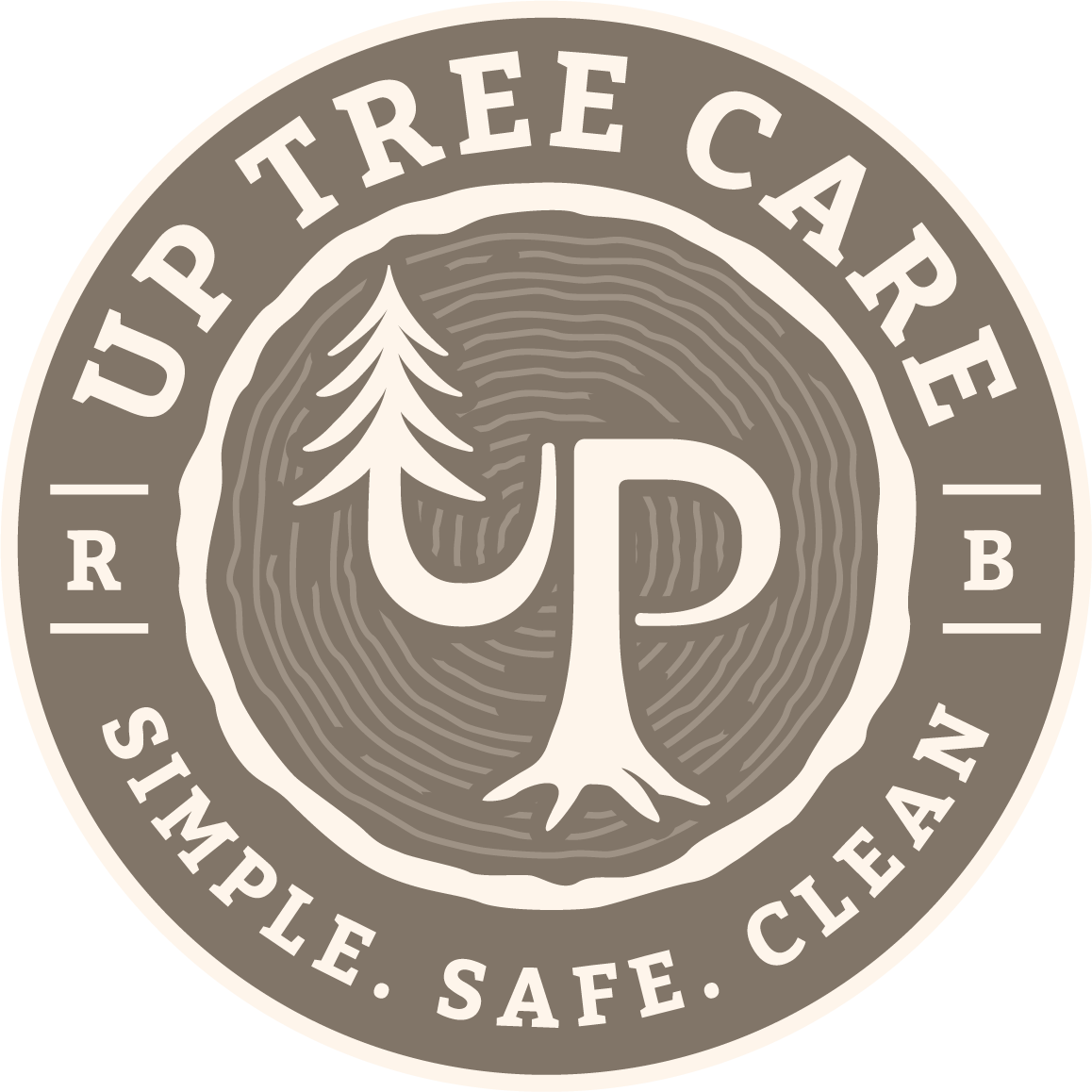What property owners need to know about risk, mitigation and insurance.
Storm tree damage and cleanup have become commonplace in the Flathead Valley. In the last two years we’ve witnessed half a dozen serious wind events, which have blown down countless trees and cost thousands in damage. Climate change and a shifting jet stream continue to make high-wind days more and more frequent. For homeowners, the biggest threat during these storms are the trees within striking distance of their home.
If you’re concerned about a tree hitting your house, start by scheduling a free consultation with an ISA Certified Arborist. The arborist will examine the tree for defects, infestations, disease and a myriad of factors that contributes to potential failure. Predisposing risk factors include but aren’t limited to:
-
Tree health – sick, dying or dead trees are obvious threats and should be dealt with as soon as possible.
-
Tree species – spruce, douglas fir and ponderosa pine are all prone to uprooting, especially if they are irrigated.
-
Tree structure – topped trees, trees with codominant stems (two tops) or overextended limbs are prone to breaking.
-
Foliage – broad-leafed trees (maple, horsechestnut, etc.) that have been neglected or improperly pruned are prone to a “sail” effect, where the mass on the ends of the limbs makes them less stable in the wind and prone to breaking.
-
Root damage – damage to the roots from construction or improper planting can greatly increase the chances of tree failure.
Addressing these major issues ahead of time could save you the money and hassle of dealing with the aftermath of a major tree failure. If you’d rather take the risk and roll the dice with your insurance company, please keep in mind:
-
If the tree didn’t damage a structure, even if it impacted the structure, it’s unlikely insurance will cover tree removal and cleanup.
-
Trees that were long dead and/or rotting are rarely covered, as the fault lies with the negligence of the homeowner.
-
Check your homeowners and vehicle policies to see if you’ve elected dwelling coverage and comprehensive vehicle coverage. Both are typically required to cover damage to home and vehicle, respectively.

